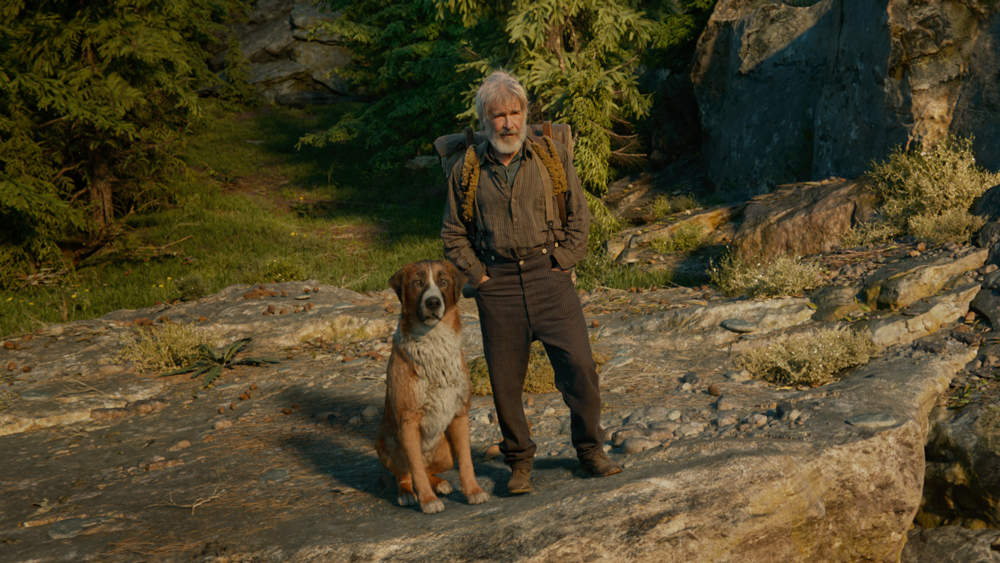Film technology has notably advanced over the last few decades. Today the potential for world-building that’s available to directors and screenwriters seems limitless. It isn’t though. We actually see those limits often, particularly in the realm of computer-generated imagery or CGI.
To be sure, as creators test photo-realistic motion capture and experiment with de-aging processes, we’ve seen some amazing things. But we’ve also witnessed regrettable results. Remember Henry Cavill’s mustache in Justice League? Jeff Bridges in Tron Legacy? Or virtually anything from the Star Wars prequels?
When CGI is clumsy, it can break a movie.
For animals, the technology seems best suited to the talking variety. Like Aslan, or the cast of either recent Jungle Book adaptation, fully anthropomorphized creatures require us to abandon reality, so we don’t get too hung up on the execution. But with Buck, the non-speaking star of The Call of the Wild (based on Jack London’s classic novel), the CGI gamble really struggles to pay off.
When we meet Buck, it’s painfully obvious he isn’t real. It’s not only his overtly human mannerisms, it’s also the way he moves as a dog. He just seems off. If the idea is that Buck is an incredibly smart and expressive animal, it’s a mistake to simply present him as a mute, four-legged person.
Motion-captured by veteran Terry Notary (he did Kong in Kong: Skull Island), Buck’s adventures are indeed fun and the people he meets are endearing. But it would have worked better as a completely animated story. Director Chris Sanders knows that world very well. With projects like How to Train Your Dragon and Lilo and Stitch to his credit, he understands flexible worlds where physics and other elements of reality bend to meet the needs of tone and style.
But in The Call of the Wild, he wants it both ways: the forgiveness of animation or sci-fi in a setting we’re supposed to recognize as a plausible proxy for our own.
Still, for all his strangeness as a dog, Buck is an intriguing character. He’s easy to root for, fun to laugh at. And he taps into elemental things we all feel occasionally—a sense of wanderlust, a desire to find our place, a need for companionship.
The plot points are really simple and meted out in the broadest possible strokes. People enter and exit Buck’s life without much explanation or resolution and serve mostly to give his antics a soundtrack. The most consistent of these avatars is John Thornton, played by Harrison Ford, who also handles the movie’s narration. Ford is in his element here. He’s grumpy and wise and basically just himself. And isn’t that what audiences want most from Indiana Jones these days? He’s earned the right to have his roles conform to his magnetic persona.
The Call of the Wild works best when it embraces its own cartoonish charm. There’s a timelessness to the source material that Sanders mostly captures, but his reliance on technology and anachronistic dialogue are jarring.
This movie would have been more fun, and more funny, if Fox had relinquished it entirely to its animation studio. Instead, it’s awkward when it should be sweet and hard to accept as historically reasonable.






